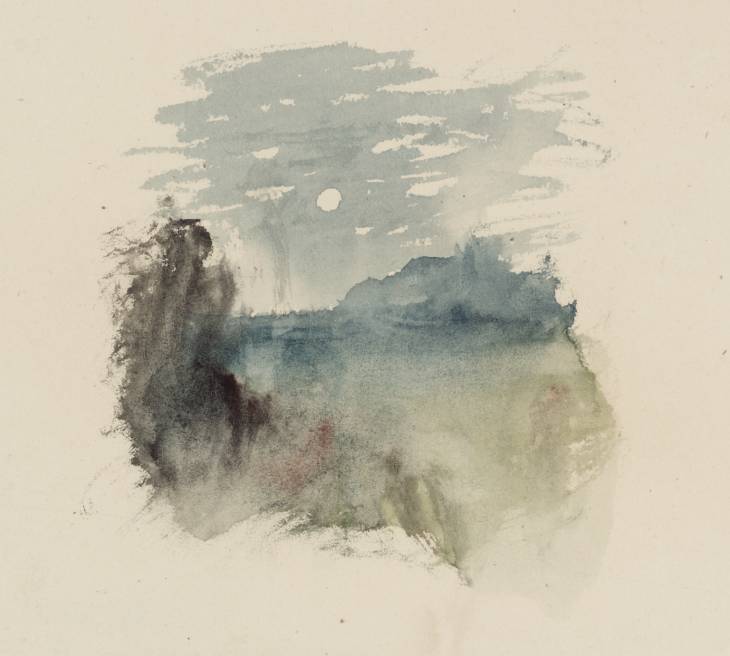Exhibition history
References
How to cite
Meredith Gamer, ‘Vignette Study for ‘Lord Ullin’s Daughter’, for Campbell’s ‘Poetical Works’ c.1835–6 by Joseph Mallord William Turner’, catalogue entry, August 2006, in David Blayney Brown (ed.), J.M.W. Turner: Sketchbooks, Drawings and Watercolours, Tate Research Publication, December 2012, https://www

